Hosta Siebold "Elegance": description and cultivation
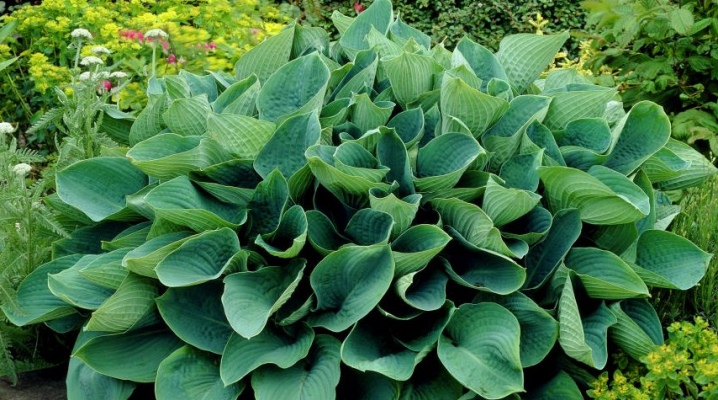
The ornamental-deciduous hosta plant attracts the attention of landscape designers with its diversity, lush leaves of various shades, and aesthetic appearance. Gardeners love this culture for its unpretentiousness. It is possible to plant a host in unfavorable conditions - the probability of its survival is high. Although a lot depends on the variety. So, Hosta Siebold is considered one of the most aesthetic and picky species.
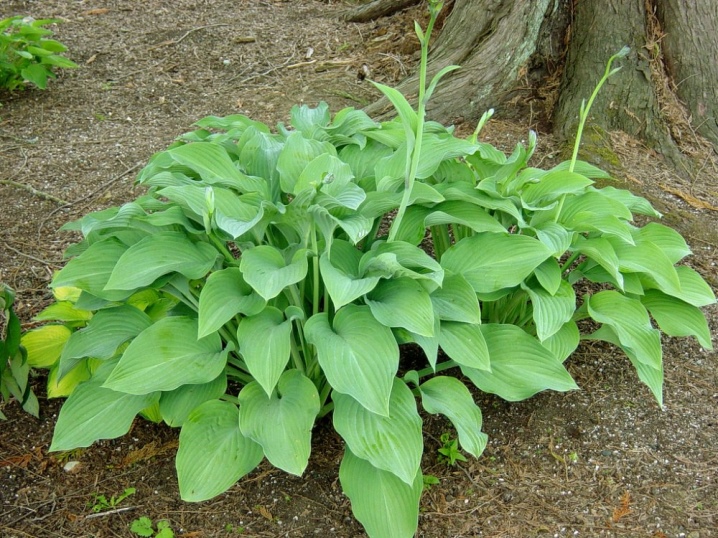
Description
This species is named after the botanist and explorer Philip Siebold. The plant first appeared in Japan. One of the most famous varieties is Elegans. The variety is well studied and very popular in the horticultural world.... Hosta Elegance is a large shrub with wide and thick leaves.
Hosta Elegance is a large shrub with wide and thick leaves.
In height, it usually reaches 60 cm, in width - up to 100 cm. The size of the leaf is 25x23 cm. The color of the foliage is bluish or gray-blue; in good lighting, the shade acquires a bluish-green tint.
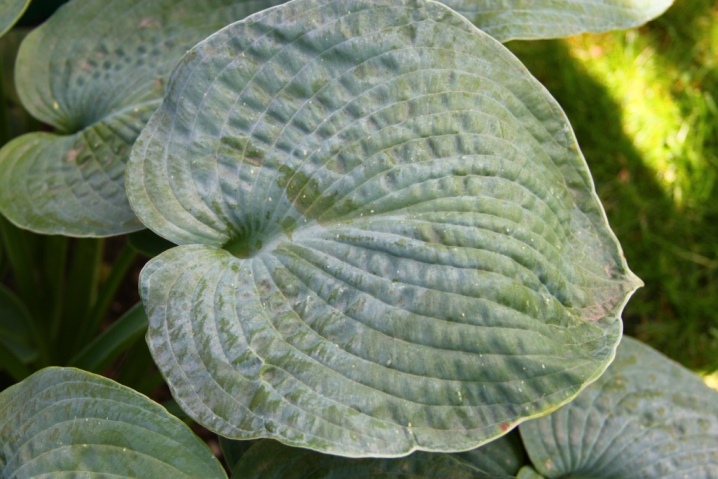
Flowering lasts from July to August. The flowers of the variety are white. The plant is often used to create any garden compositions, it can be used both for collective plantings in flower beds, and for single ones.
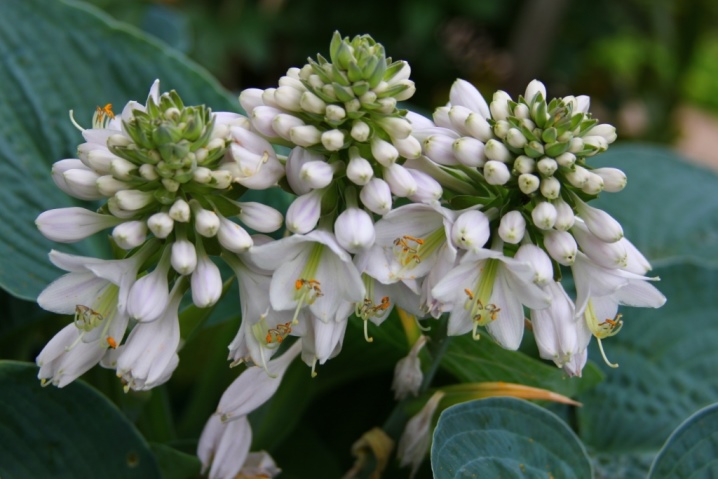
Landing
In nature, the culture prefers to grow on the banks of rivers, that is, the most suitable conditions for growing hosts are high soil and air humidity. This should be taken into account when choosing a landing site. Besides, the site should be in partial shade and closed from strong wind... Fertile, light, drained soil is suitable as a soil.
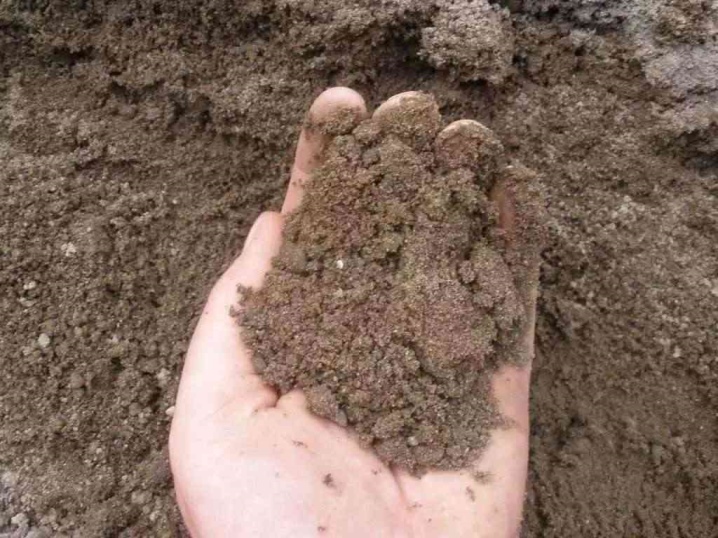
The planting process includes several points.
- Dig up the selected area.
- Dig planting holes. Maintain the distance between the holes, taking into account the lush growth.
- Make a drainage layer at the bottom of the hole.
- Fill with compost, humus or peat 2/3 of the level, making a bump.
- Add top dressing.
- Plant the seedlings by gently smoothing the roots.
- Sprinkle liberally and sprinkle with earth.
- Apply a layer of mulch such as sawdust, wood chips, or peat.

When planting, keep in mind that it is unacceptable to bury the growth point.
A favorable time for planting is spring or early autumn. The end of August or the beginning of September is more suitable.
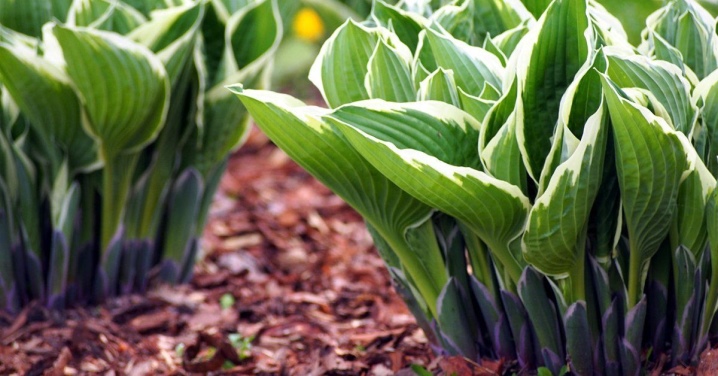
If the culture is planted in the spring, then this should also be an early period, but after the frost. Keep in mind that when planting, the plant must still be unblown. In situations where the seedlings have already been purchased, and the planting time has not yet approached, you can keep them on the bottom shelf of the refrigerator or in another cool place at a temperature of + 5 ... 10 degrees Celsius.
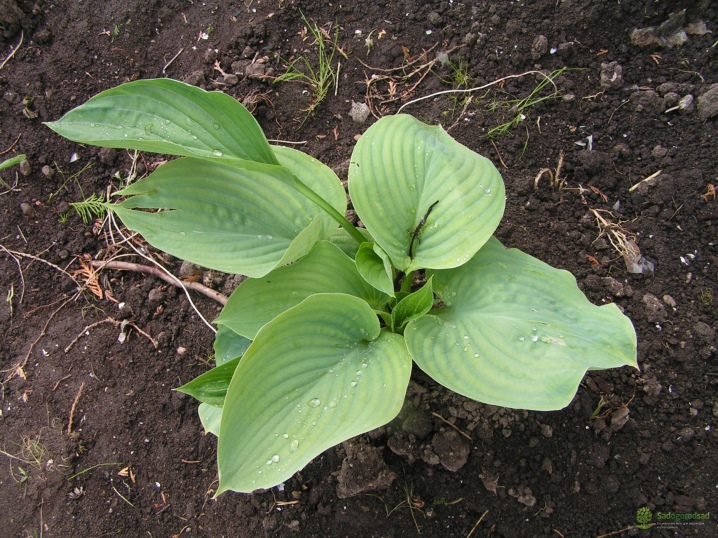
Care
Growing elegans hosts in the open field is not particularly difficult, even a novice gardener can handle it.
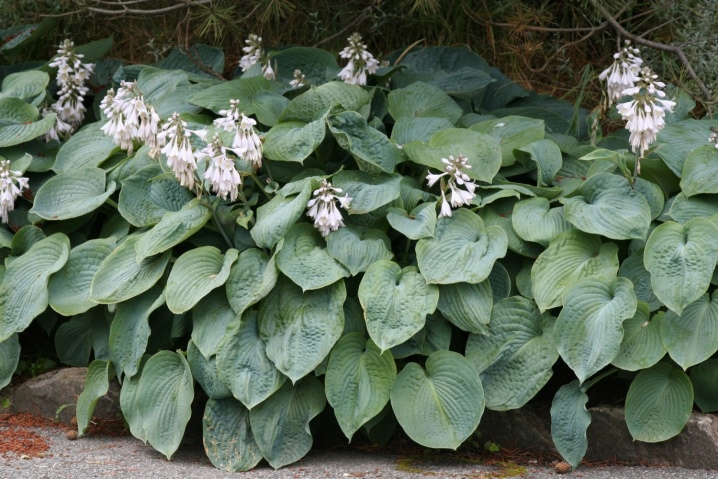
When leaving, follow the recommendations of specialists.
- Timely but moderate watering is required. With an excess of moisture, the roots can begin to rot. It is best to carry out the procedure in the evening.
- The plant needs feeding three times. In spring, during the growth period, the culture is fertilized with mineral mixtures with microelements. Further, during flowering, this representative of the flora is offered phosphorus-potassium compounds. In August-September, fertilizing with potassium sulfate is again recommended. During the season, it is allowed to add rotted organic matter.
- In summer, the flower bed where the culture is planted needs to be loosened.Loosening must be done very carefully, since the roots are close to the surface, and it is important to avoid injury to them. In order not to damage the roots, instead of loosening the soil, you can mulch, in addition, a layer of mulch will allow you to retain moisture as long as possible.
- It is not necessary to remove weeds, usually the host itself does not leave them room for development. After flowering, the peduncles should be cut off.
- When planting in autumn in a harsh region, it is advisable to insulate the plant for winter, for example, to cover it with agrofibre. This is a frost-resistant variety, but young specimens will survive their first cold weather better under cover.
- The culture is very resistant to diseases, but some insects cannot be avoided. So, the weevil beetle loves to feast on the juice of the leaves, you can get rid of it mechanically or with the help of a beer trap. If the bush was attacked by nematodes, then the entire specimen will have to be eliminated until the hordes of insects have moved to neighboring plantings.
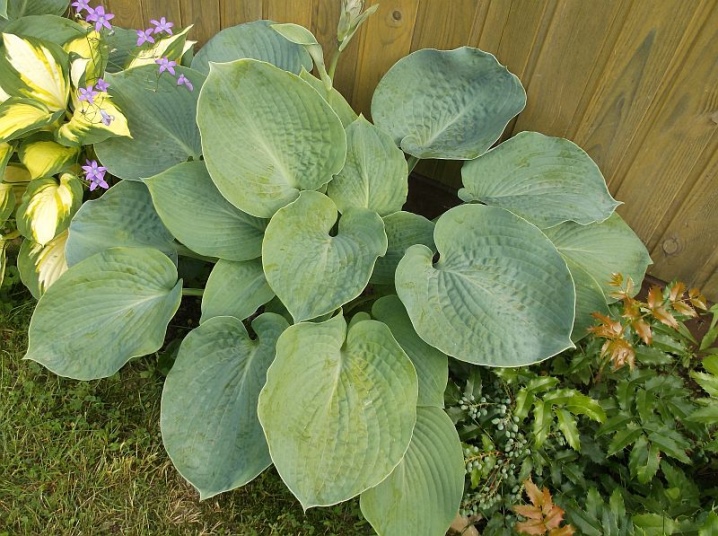
Reproduction
Breeding hosts is possible in three ways.
- By division. Before this procedure, the bush is thoroughly watered, carefully removed from the ground, cut with a well-sharpened knife or shovel.
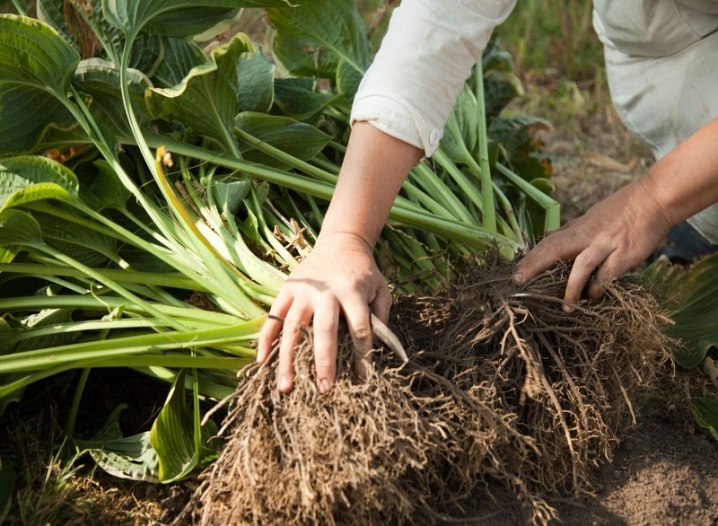
- Cuttings. In this case, we mean the separation of the sprout with the rhizome from the finished plant without digging it up.

- Seeds. The rarest and most unpromising breeding method. Seedlings develop for a very long time. They will be able to achieve a decorative appearance only after 4-5 years of life.
Seed propagation does not produce specimens with the varietal characteristics of the parent.
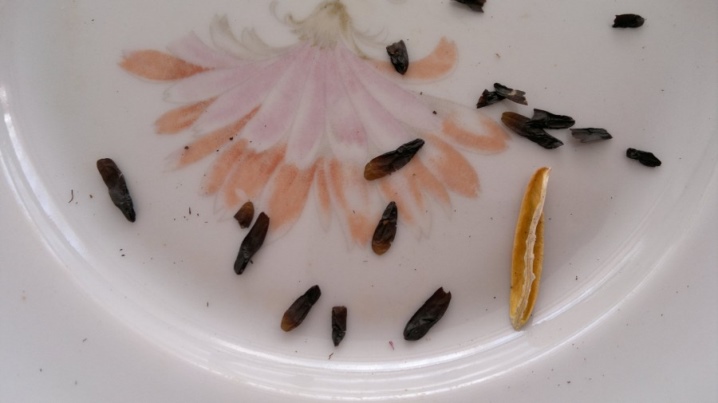
In the next video, you will learn how to plant a hosta, how to care for it and propagate it by dividing the bush.







































































































The comment was sent successfully.